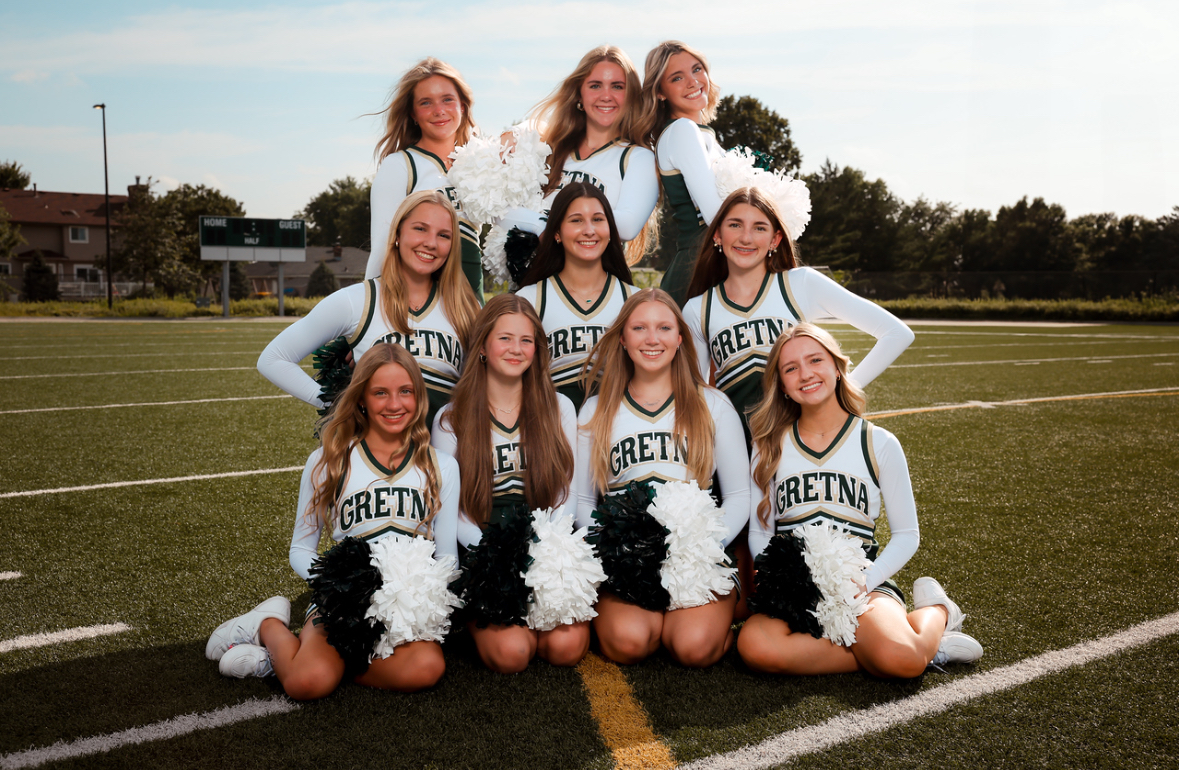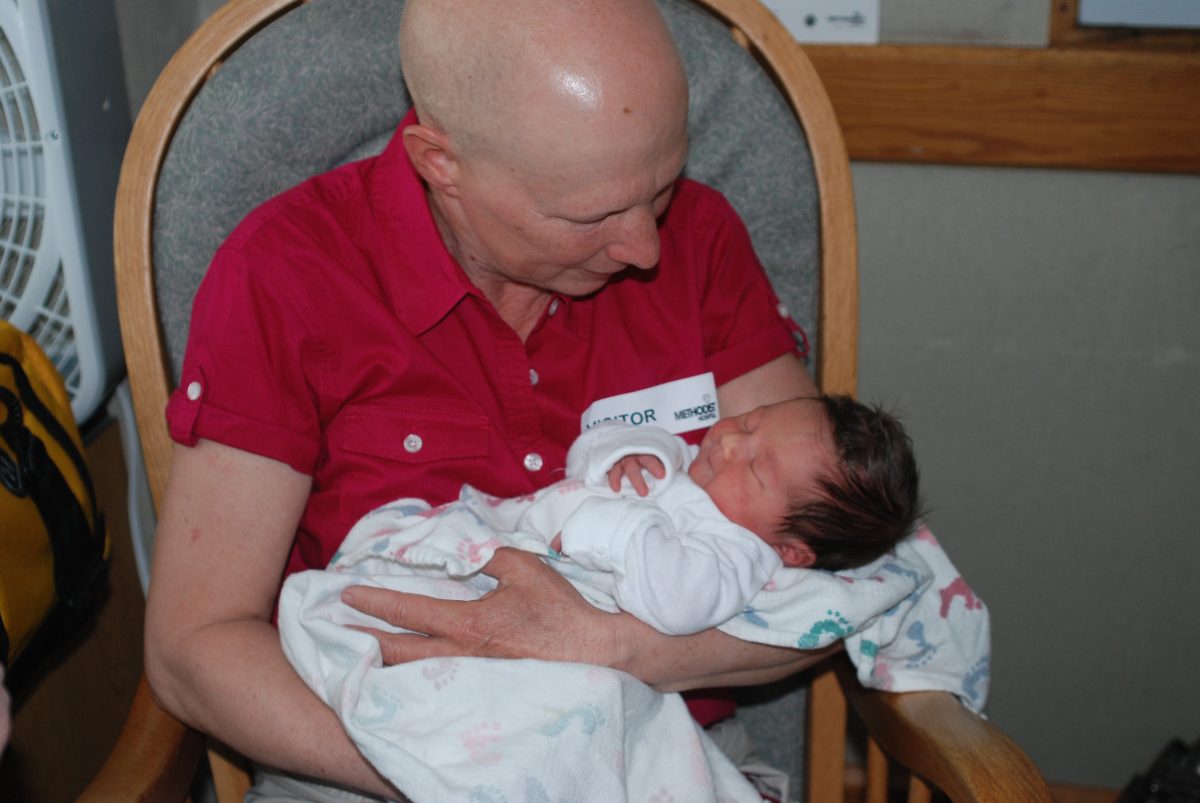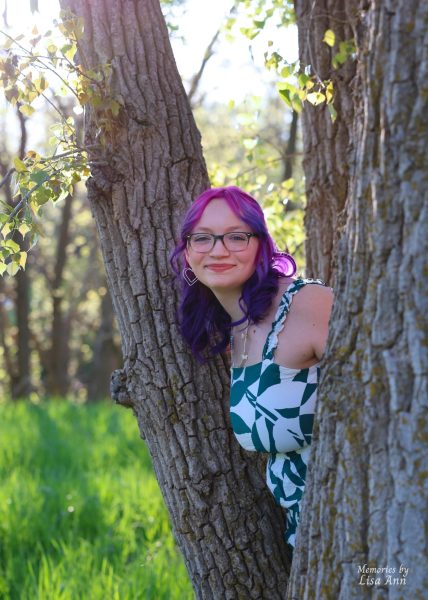The Halloween season is here, bringing witches, skeletons and clowns along to creep into our lives for another spooky season. Front and center among these beloved Halloween mascots is the black cat; these felines are stereotypically depicted wearing a midnight-black coat and have piercing emerald eyes.
The myth of black cats was popularized after a misleading text by Donald Engels was printed in 1999, titled “The Rise and Fall of the Sacred Cat.” In it, Engels claims that in the 13th century, specifically in 1233, Pope Gregory IX issued the Vox in Rama or “The Voice of Rama,” which condemned Luciferianism. Engels expressed that within the decree, the pope had proclaimed all cats to be “symbols of the devil” and instructed the Catholic clergy to kill cats whenever possible. However, this was factually inaccurate. The translated version of Vox in Rama contains no references or evidence to support the claims of the Catholic Church’s approval of such killings. In reality, it was common practice for religious women to keep cats as pets. The only documented request for the mass-killing of animals was in the 15th century during the Black Plague for quarantine purposes.
In modern times, this stigma still loudly resonates with the people of Nebraska. Out of the three shelters I called, two of them stated they were not adopting out black cats (or cats that were predominantly black or gray) during October and two to three weeks afterward. This preemptive and sometimes controversial ban on adoptions came in response to local incidents relating to cats in years prior. Recently, one of these incidents sparked passion in one of the anonymous workers at “Homeward Bound In The Heartland Animal Rescue Inc.” who mentioned the brutal murders of several cats being found in the Bellevue area. The Nebraska Humane Society, alongside the Bellvue Police Department, is still investigating the murders, but there is no current solid link between Halloween and the cats’ deaths.
While these shelters and other organizations acknowledge the inconvenience these safety policies may bring to interested adopters, it’s a necessary measure in order to give every animal a chance for a safe, happy, and healthy home.









